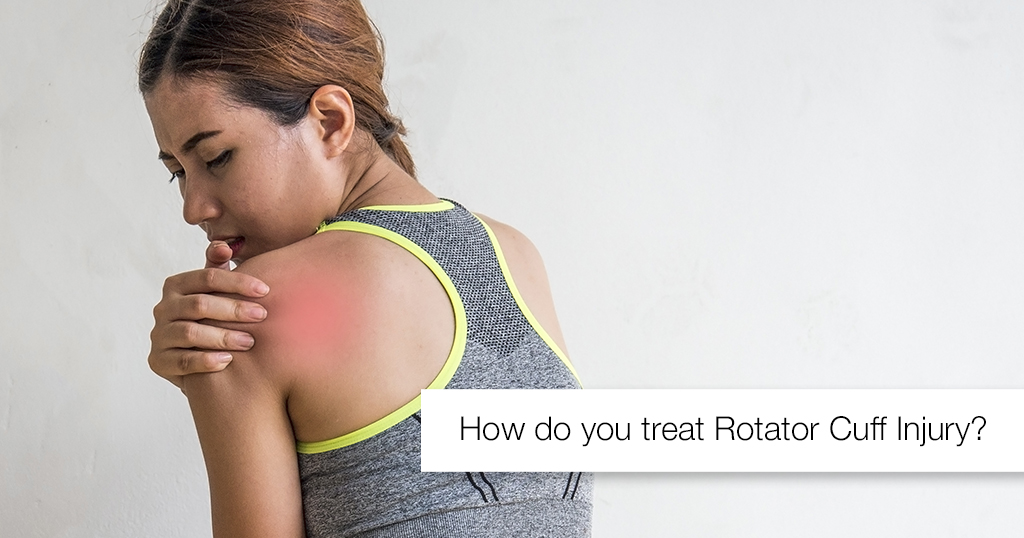

Dr M Kaushik Reddy,
M.B.B.S, M.S Ortho
Fellow in Shoulder & Elbow Surgery (Japan)
Consultant Orthopaedic & Sports Injury Specialist
Apollo Health City, Jubilee Hills
The shoulder joint is structurally similar to a golf ball resting on a tee. The head of the humerus is the ball while the scapula serves as the tee. The rotator cuff must keep the ball on the tee while assisting in moving the shoulder. Injury to the rotator cuff causes shoulder pain, which can be either acute or chronic. A jarring motion like a sudden blow to the shoulder can cause acute pain. Chronic pain can arise from a job that requires constant lifting and reaching overhead like construction workers, painters, hairdressers or a sport like tennis, volleyball, cricket, badminton, swimming and wrestling that requires constantly winding the arm.
Most tears occur in over 50-60 years age group. In youngsters though, tears usually occur due to trauma or sporting injury.
Rotator cuff injuries can also be tricky to diagnose. Other conditions, like frozen shoulder, Arthritis or neck sprain can mimic the pain of the rotator cuff.
The symptoms of a rotator cuff tear may be passed off as just soreness or something that will go away. Most commonly, people experience pain when lying on the shoulder or lifting and lowering the arm, night pain, arm weakness, a “dull ache”, or a crackling when moving the affected shoulder. Sometimes, symptoms occur not only from injury itself but also due to bursitis, which is inflammation of the protective bursal sacs in the rotator cuff.
An orthopaedic surgeon will do a physical examination and advise an X ray, Ultrasound scan or an MRI scan to confirm the diagnosis.
Treatment for a rotator cuff tear depends on the tear size, acute or chronic tear, partial or complete tear, traumatic or degenerative tear and physical activity level & demands of the patient. Most tears can be treated conservatively by various methods like: Rest, Physical Therapy, Oral Medication, Injections, Platelet Rich Plasma (PRP) injections — these injections can be given for partial tears to decrease pain and inflammation and potentially stimulate healing.
Pendulum swing, Crossover arm stretch, Standing row, Passive internal and external rotation, Posterior stretch
If the rotator cuff does not heal with conservative methods, a doctor may recommend surgical treatment. Surgery is a simple routine day care Arthroscopic (Key hole) procedure in which a 4mm arthroscope camera is inserted into the shoulder joint and the repair is performed with 2-3 small cuts. This results in less pain for patients after surgery, shorter recovery time and faster return to sporting activities for athletes.
Massive Irreparable Rotator cuff tears can be treated by latest advanced procedures like Superior Capsular Reconstruction and Tendon transfers. Sometimes, older patients with chronic degenerative tears can develop arthritis in the shoulder. These patients will need a Reverse Shoulder Arthroplasty in which the ball and socket of the shoulder are replaced with metal and plastic implants. In this procedure, the ball is placed on the socket side and socket is placed on the arm side where it is supported by the metal stem in the arm bone.